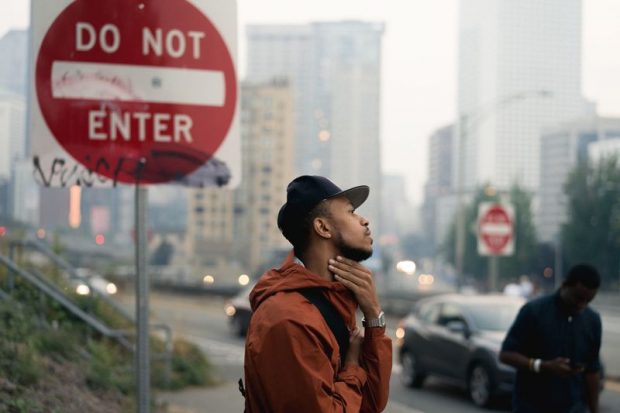Rumored Buzz on Framing Streets
Wiki Article
Unknown Facts About Framing Streets
Table of ContentsFraming Streets - An OverviewThe 25-Second Trick For Framing StreetsThe 4-Minute Rule for Framing StreetsNot known Facts About Framing StreetsNot known Factual Statements About Framing Streets Getting My Framing Streets To Work
, generally with the aim of capturing pictures at a definitive or emotional moment by careful framework and timing. https://framingstreets1.wordpress.com/2024/01/10/framing-streets-exploring-life-through-street-photography/.
Not known Incorrect Statements About Framing Streets
Susan Sontag, 1977 Street photography can focus on individuals and their habits in public. In this regard, the road digital photographer is similar to social documentary digital photographers or photographers that also work in public areas, but with the objective of capturing newsworthy occasions. Any of these professional photographers' pictures might capture individuals and residential or commercial property noticeable within or from public areas, which commonly involves browsing moral concerns and laws of privacy, safety and security, and building.Depictions of daily public life create a category in almost every period of world art, beginning in the pre-historic, Sumerian, Egyptian and early Buddhist art durations. Art taking care of the life of the road, whether within sights of cityscapes, or as the dominant motif, appears in the West in the canon of the North Renaissance, Baroque, Rococo, of Romanticism, Realism, Impressionism and Post-Impressionism.
How Framing Streets can Save You Time, Stress, and Money.
Louis Daguerre: "Boulevard du Temple" (1838 or 1839) In 1838 or 1839 the initial picture of figures in the street was videotaped by Louis-Jacques-Mand Daguerre in among a pair of daguerreotype views extracted from his studio window of the Boulevard du Holy place in Paris. The second, made at the elevation of the day, reveals an uninhabited stretch of road, while the various other was taken at regarding 8:00 am, and as Beaumont Newhall records, "The Boulevard, so constantly filled with a relocating crowd of pedestrians and carriages was flawlessly singular, other than an individual who was having his boots cleaned.His boots and legs were well defined, however he is without body or head, due to the fact that these were in movement." Charles Ngre, waterseller Charles Ngre. https://www.goodreads.com/user/show/174116073-david-turley was the first digital photographer to attain the technological sophistication needed to register individuals in movement on the street in Paris in 1851. Digital Photographer John Thomson, a Scotsman dealing with journalist and social protestor Adolphe Smith, published Street Life in London in twelve regular monthly installments beginning in February 1877
Fascination About Framing Streets
Eugene Atget is pertained to as a progenitor, not because he was the very first of his kind, but as a result of the popularisation in the late 1920s of his document of Parisian streets by Berenice Abbott, who was influenced to take on a comparable paperwork of New York City. [] As the city developed, Atget assisted to promote Parisian streets as a worthy subject for digital photography.
Some Ideas on Framing Streets You Should Know
The principal Mass-Observationists were anthropologist Tom Harrisson in Bolton and poet Charles Madge in London, and their initial report was produced as the book "May the Twelfth: Mass-Observation Day-Surveys 1937 by over 2 hundred onlookers" [] Window cleaner at Kottbusser Tor, Berlin, by Elsa Thiemann c. 1946 The post-war French Humanist School photographers discovered their subjects on the street or in the diner. Andre Kertesz.'s extensively admired Images la Sauvette (1952) (the English-language version was labelled The check here Decisive Moment) promoted the concept of taking a photo at what he termed the "decisive minute"; "when type and content, vision and make-up combined into a transcendent whole" - Lightroom presets.Facts About Framing Streets Revealed
, then an instructor of young youngsters, associated with Evans in 193839.'s 1958 book,, was considerable; raw and commonly out of emphasis, Frank's images examined conventional photography of the time, "challenged all the formal guidelines laid down by Henri Cartier-Bresson and Walker Evans" and "flew in the face of the wholesome pictorialism and genuine photojournalism of American publications like LIFE and Time".Report this wiki page